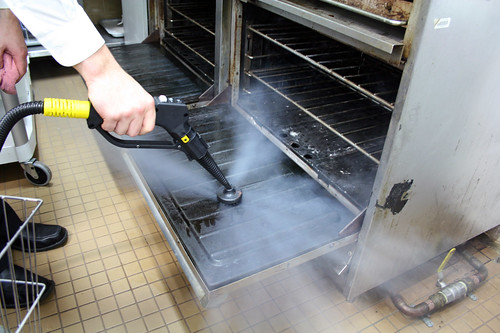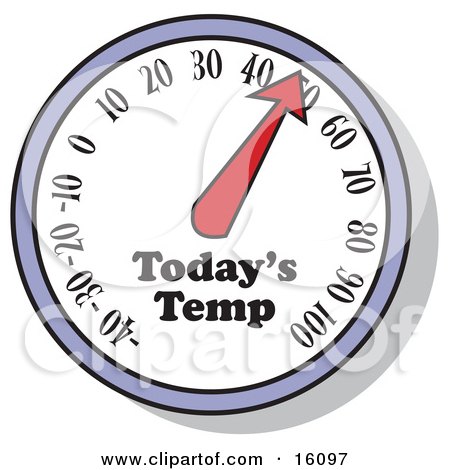Reflections of this project:
The e-learning project has enhanced my learning once again. It is a ideal medium to apply our knowledge and understanding on the current topic which is cleaning and sanitizing. It also prompt us to make further research and have a better understanding on this topic. In addition, it also enabled me to heighten my IT skills. Thus, it is like killing two birds with one stone.
~ Nurul
Once again, this e-learning activity of making an informative blog was very useful to inculcate independent learners. It helped us to learn-on-the-go as we read our notes and research on the topic of cleaning and sanitization. Certainly, by studying the e-learning topic on cleaning and sanitizing, I will be able to apply it in the future in the industry and business as I will be able to create procedures to clean/sanitize the kitchen. Lastly, after receiving feedback from my classmates and my own reflection, this blog has improved as we added more informative content as well as videos and pictures. Similarly from the previous project, my group struggled with time management.
The e-learning project has enhanced my learning once again. It is a ideal medium to apply our knowledge and understanding on the current topic which is cleaning and sanitizing. It also prompt us to make further research and have a better understanding on this topic. In addition, it also enabled me to heighten my IT skills. Thus, it is like killing two birds with one stone.
~ Nurul
Once again, this e-learning activity of making an informative blog was very useful to inculcate independent learners. It helped us to learn-on-the-go as we read our notes and research on the topic of cleaning and sanitization. Certainly, by studying the e-learning topic on cleaning and sanitizing, I will be able to apply it in the future in the industry and business as I will be able to create procedures to clean/sanitize the kitchen. Lastly, after receiving feedback from my classmates and my own reflection, this blog has improved as we added more informative content as well as videos and pictures. Similarly from the previous project, my group struggled with time management.
~ Mariah
The whole process of
e-learning creating the two blogs was very independent. After discussing the
roles on what we are suppose to research on, my group and I set on a date to
meet up and collate on the stuffs that we had prepared at home and to clarify and
doubts if we had any during researching. The e-learning taught me how to manage
my time as works in kitchen usually ends very late and by the time we reach
home we have so little of our free time to do our projects.
This learning without
the aid of the lecturer also taught us to be dependent on the reliable source
that can be found on the net. Not 100% of the infos from the net we can trust,
so making the right decision to highlight the right and useful information is
very important. And also, plagiarism is an serious offend, so what are the
correct info and how much info to extract out we have to judge ourself.
This way of learning
not only gives us the space for our creativity but also, in furure, if we are
to make some kind of publication, it would be useful to us. What we could do
better is to find out more in depth of the things that we are reaching so that
our class can learn more that they do from the notes. The infos that we had
found are too mainstream, meaning that those are the common knowledge that we
had known even before we did this blog. If only we could find out more, then
people will get to learn more too.
-YuanKai
I realized how doing an e-learning project on blogs actually help me to re-discover the certain principals about cleaning and sanitation. Even though there are more methods into going about it but it is still difficult to express it more in-depth on such a scale. Using more pictures and videos will definitely give a more fun and interactive approach to such a 'duh' topic. Indeed, cleaning and sanitation is more than what shows on the surface but many at times we neglect such areas in our everyday life. I hope to be able to share more information in a fun and cool way after being more exposed to various mediums.
~ Pamela
I realized how doing an e-learning project on blogs actually help me to re-discover the certain principals about cleaning and sanitation. Even though there are more methods into going about it but it is still difficult to express it more in-depth on such a scale. Using more pictures and videos will definitely give a more fun and interactive approach to such a 'duh' topic. Indeed, cleaning and sanitation is more than what shows on the surface but many at times we neglect such areas in our everyday life. I hope to be able to share more information in a fun and cool way after being more exposed to various mediums.
~ Pamela


















